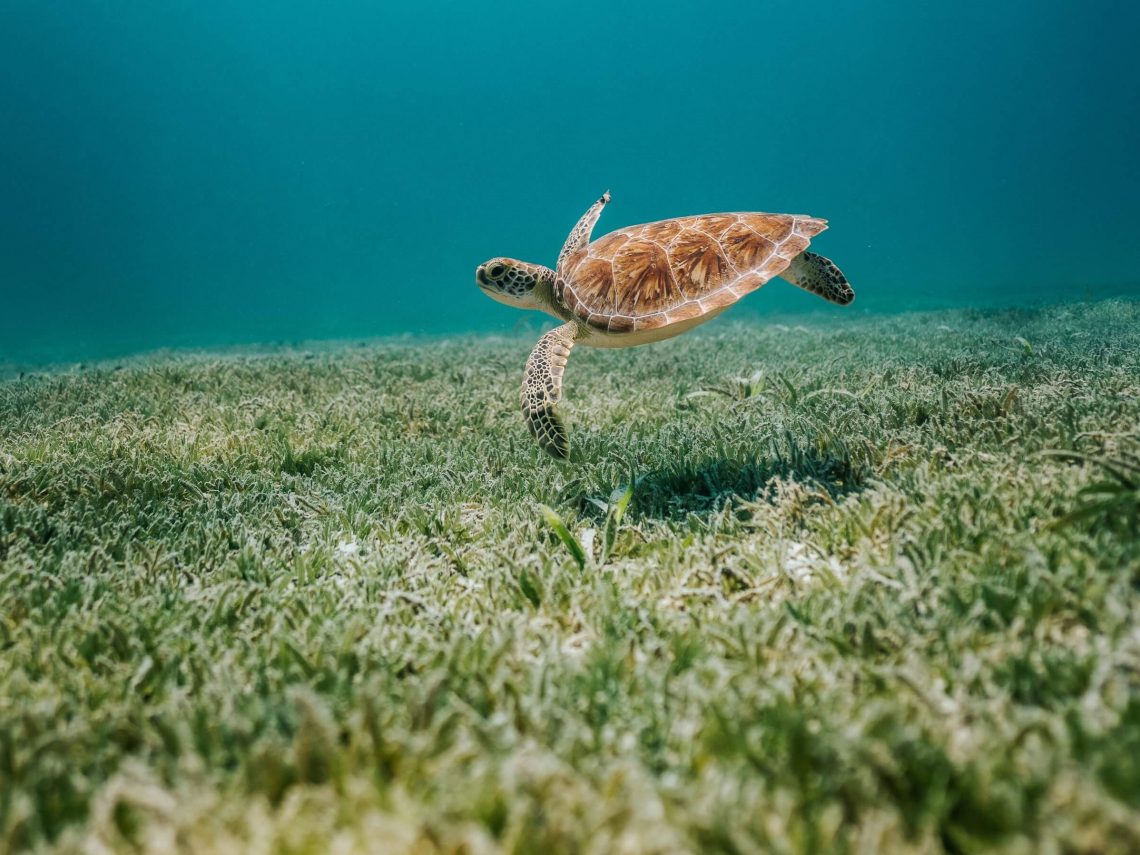
Loss of Seagrass: The Forgotten Cataclysm?
Why Should I Care About Loss of Seagrass?
Seagrass almost certainly rates among the most underappreciated ecosystems on Earth. Loss of seagrass meadows is a problem that is even more underrated.
When you want to get people engaged in the natural world, big majestic animals tend to do that better. I’m doing it too- the reason you see a turtle at the top of this page is because I’m sure people will be more enticed to read an article with a turtle than one with a picture of seagrass.
Seagrass isn’t as majestic as a shark or a whale. It isn’t as spectacular and colourful as a coral reef. Seeing wild seagrass isn’t at the top of most people’s bucket list… but each and everyone of our lives is affected by it’s presence.
What is Seagrass?
Seagrass is the only flowering marine plant. It is found on the coastlines of many countries including the UK.
They come in a number of varieties but in the UK you will most commonly find eelgrass, so named for its long shape. It looks a lot like grass as you would find it on land and grows over large areas, so we call those seagrass meadows.
Why is it at Risk?
Pollution
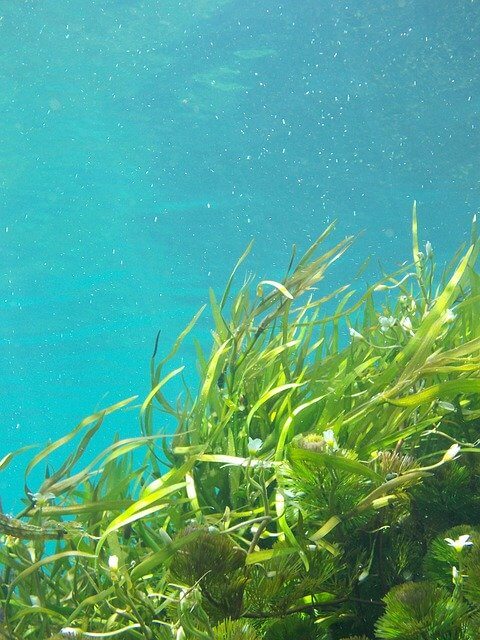
As I said, seagrass is a plant, and what do all plants need to grow? Light.
Now the problem with making your life in the sea is that light is filtered out pretty quickly in the water- you only need go to about 200m depth (not far in the context of the whole ocean) until you’re in total darkness.
Seagrass is also restricted to living on the seabed. As a result it has to live in shallow waters and that usually means near the coast.
Meanwhile, humans in the 21st century remain excellent at creating water pollution. Most of those polluting chemicals and dirty water run off into the coastal areas where seagrass grows and slowly the waters get murkier and murkier.
Less light means less photosynthesis. Less photosynthesis means loss of seagrass.
The pollutants can also add extra nutrients to the water. This means algae can grow like crazy in what we call an algal bloom. At their worst these leave areas hypoxic (lacking oxygen) and can sometimes create “dead zones” that are SO oxygen deprived that nothing can grow.
Other Threats
Fisheries are also damaging the meadows by dredging the sea floor (clearing the sea bed to catch the stuff we eat that lives there).
This combined with increased levels of heavy metals in the ocean, disturbance from boats and, of course, a warming climate, is starting to spell disaster for this incredible habitat.
What Do Seagrass Meadows Do For Us?
We’ve established seagrass meadows are at risk. We’ve acknowledged that they aren’t the most loved plants in the world. It’s all looking a bit doom and gloom. So what’s so great about seagrass that means we need to expend brain power worrying about it?
Well…there are lots of reasons actually!
Biodiversity
Seagrass meadows are super biodiverse- they are home to lots of individuals of lots of different species (check out my first article on rewilding to find out why biodiversity is important).
Here’s why:
- Food source- seagrass the food source of choice for a number of different animals such as manatees and green turtles. The wealth of critters and creatures that make their home there are also an important part of the food chain.
- Shelter- for the many invertebrates and organisms that live on the ocean floor like mussels and crabs, seagrass provides much needed shelter and a hiding place from predators.
- Nursery- the shelter also makes it the perfect nursery for vulnerable young marine animals that seek its protection.
Fisheries
Fish like Atlantic cod and herring are among the species that shelter their young in seagrass.
The loss of the seagrass habitat would mean, therefore, that far fewer fish that we eat would survive and grow.
This could be disastrous for the fisheries that so many humans depend on for their livelihoods.
Coastal Protection
Stating the obvious: seagrass sticks up out of the ocean floor. That’s surprisingly useful to us. As the waves wash along our coasts, seagrass absorbs some of its energy by essentially just getting in the way.
This means that when the waves hit the shore they are slightly less powerful. The seagrass helps to protect us against coastal erosion.
Carbon Sinks
Perhaps the most important feature of seagrass is that it’s a carbon sink- it removes and stores carbon from the atmosphere. In fact, they do this 35 times faster than tropical rainforests.
The loss of seagrass could therefore be a massive blow to our efforts to mitigate climate change.
It could also mean that more carbon dioxide ends up dissolved in the sea water, which leads to something called ocean acidification.
Ocean acidification is exactly what it sounds like- seawater becoming more acidic.
This could be a problem for many of the organisms that have spent millions of years evolving to now be living in seawater that has a pH of about 8.1 or 8.2.
We are already seeing the effects on coral reefs. Due to climate change, we are seeing more and more coral bleaching events where the single celled algae that give coral their beautiful colours leave the coral. This leaves behind a white skeleton. After a certain amount of time, it becomes irreversible.
Despite all that it does for us, it feels to me like our seagrass meadows are a bit of a forgotten ecosystem. The loss of seagrass could have enormous implications for all of us, so let’s show our seagrass a bit of love and give it the TLC it so badly needs.
One Wild Thing
Project Seagrass
Project Seagrass are doing amazing work in the UK. They collect seagrass seeds in the hope of restoring 2 hectares of seagrass meadows in UK waters.
You can head to their Get Involved page and choose the way that best suits you to do your bit.
You could make a quick donation or even buy a membership, grab a gift from their store or if you’re a diver/snorkeller, perhaps even become a seagrass spotter. I’m personally excited to be able to “Adopt of Patch” of seagrass- I love the idea of being able to see how my little bit is getting on!



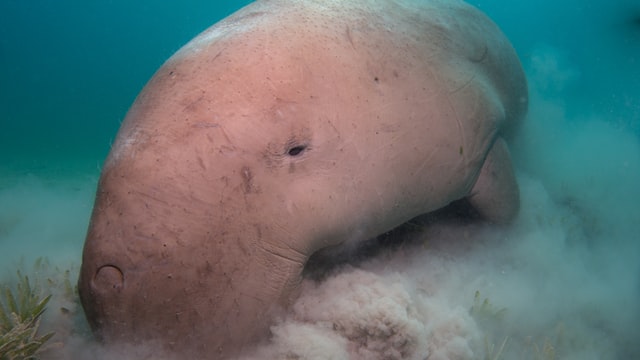
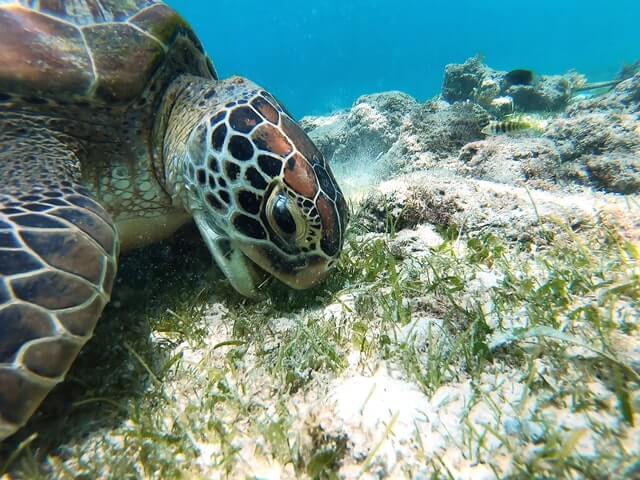
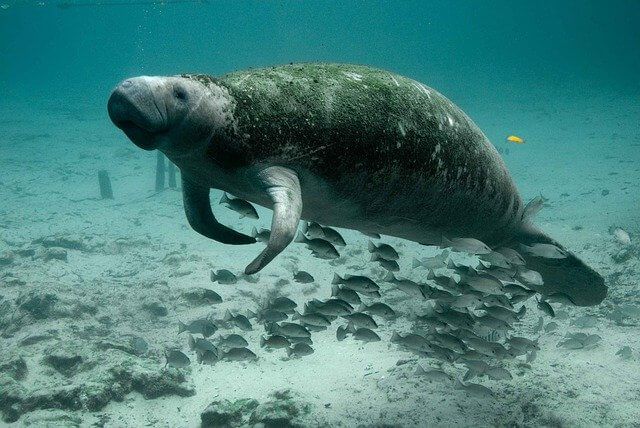
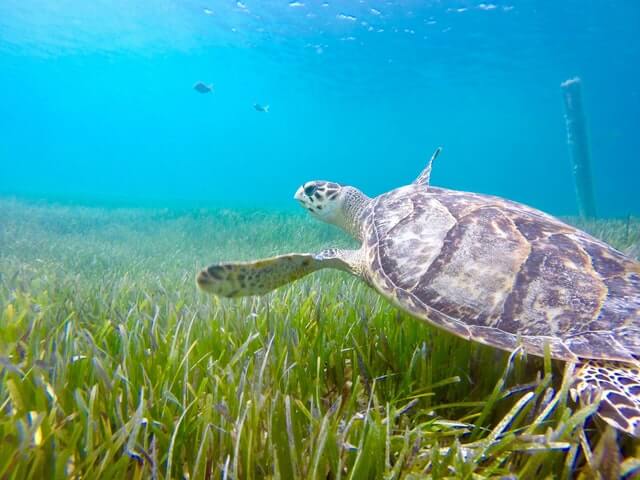

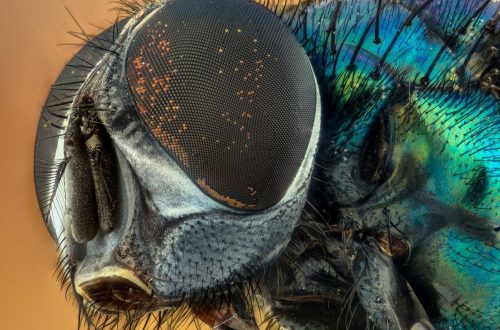
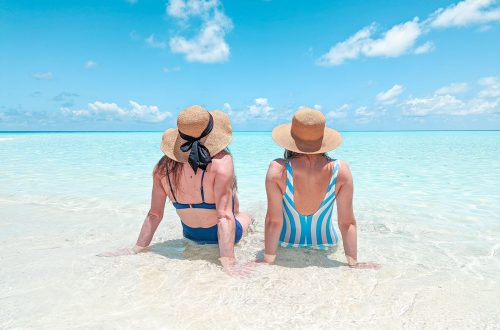
One Comment
Pingback: